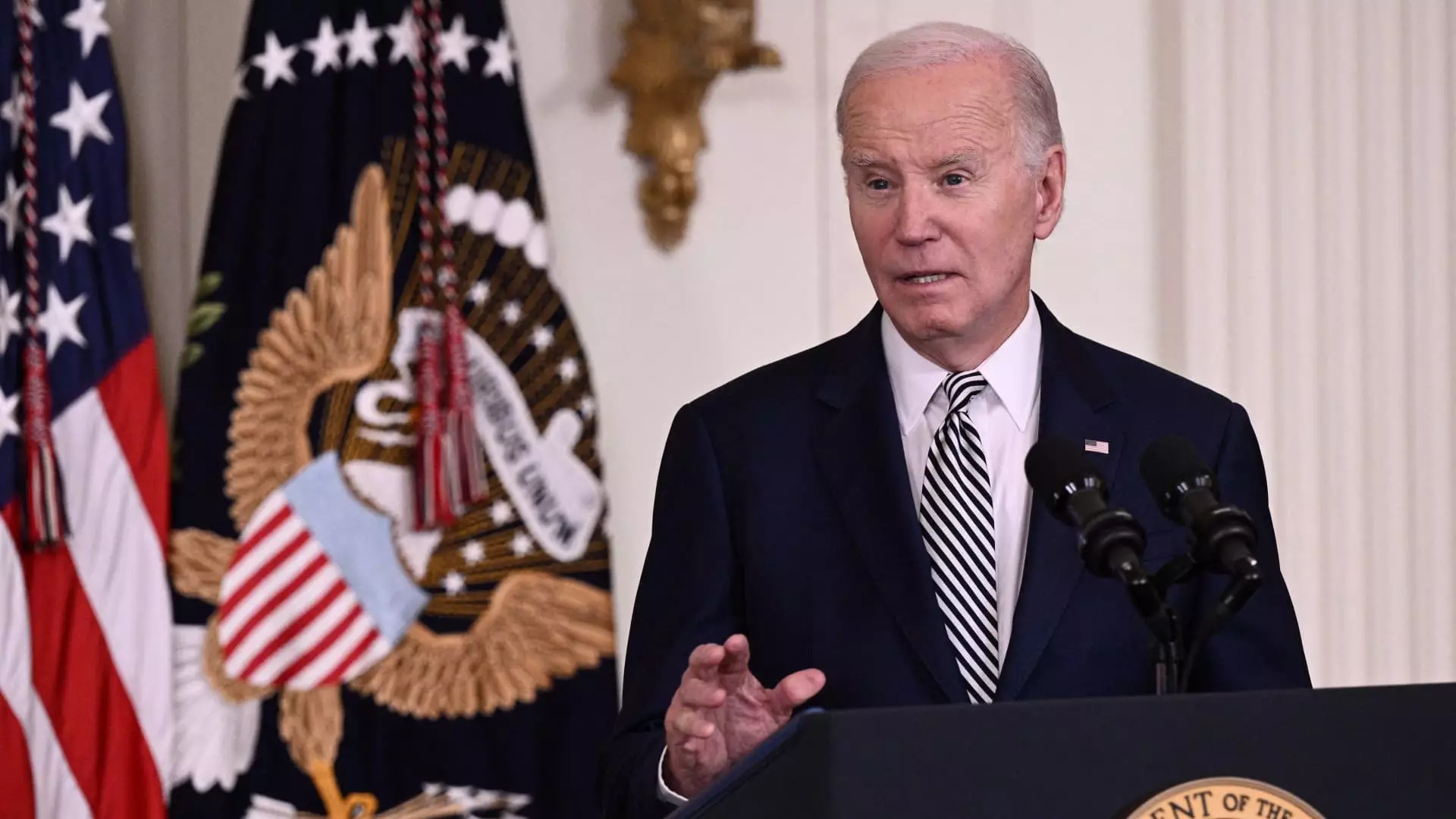In an era marked by geopolitical tensions and rapid technological advancements, the United States has taken a significant step toward safeguarding its leadership in artificial intelligence (AI) by announcing stringent regulations on the export of AI chips and technologies. This initiative is chiefly aimed at restricting access for countries deemed as threats to national security, particularly China, while fostering closer technological collaboration with allied nations. The new export regulations mark a pivotal moment in the ongoing global competition for technological supremacy and reflect broader strategic motives behind U.S. technological policymaking.
The regulation unveiled by the U.S. government delineates a clear framework for AI chip and technology exports, establishing a tiered system that categorizes countries based on their security and geopolitical alignment with the U.S. In a bold move, the latest export rules will cap the number of AI chips that can be sent to various nations while allowing unrestricted access for close allies of the U.S. This strategic maneuver is not merely an economic consideration but a concerted effort to prevent potential adversaries, particularly China, from acquiring cutting-edge technology that could enhance their military and intelligence capabilities.
Commerce Secretary Gina Raimondo’s assertion that “the U.S. leads AI now” underscores the perceived imperative to maintain that dominance. By restricting exports to adversarial states like Russia, Iran, and North Korea, the U.S. aims to not only limit their technological progress but also to retain a competitive edge in the global AI landscape. The regulations aspire to close loopholes identified in previous policies, thereby tightening the grip on the flow of advanced technological resources to certain regions.
These new restrictions have far-reaching implications for the global technology ecosystem, particularly for entities engaged in AI research and development. Companies like Nvidia and Advanced Micro Devices, major players in the GPU market, now face additional hurdles in their operational frameworks, given the increased licensing requirements and limitations on exports. The regulations also afford power to major cloud service providers such as Microsoft, Google, and Amazon, enabling them to seek global authorizations for data center operations while adhering to stringent security protocols.
The carve-out for these companies may lead to a consolidation of their market dominance, particularly in the tiered export landscape. However, critiques from industry voices suggest that such measures might inadvertently handicap U.S. businesses by limiting their global competitiveness against Chinese rivals. Industry advocates argue that the sweeping nature of these regulations could stifle innovation and lead to a scenario where U.S. firms hand over significant market share to Chinese counterparts.
The introduction of a tiered world of AI technology based on export controls is an innovative yet contentious geopolitical strategy. The framework identifies approximately 18 countries, including Japan, the UK, and South Korea, as Tier 1, granting them relative freedom in accessing advanced AI technologies. Conversely, around 120 countries will face caps on AI chip exports, while glaring restrictions will be imposed on arms-embargoed states such as China and Iran.
This stratification not only highlights America’s foreign policy priorities but also raises questions about the effectiveness and feasibility of such regulatory schemes. As the global community witnesses increasing collaboration among countries outside the U.S.-led framework, the risk of creating a technological divide grows. This dual-system could lead to heightened tensions and the possibility of retaliatory measures from nations frustrated by these restrictions, thereby fostering an environment of technological isolationism.
The broader consequences of these regulations on AI development are significant. While the U.S. asserts that controlling the export of AI technology is crucial for national security, the potential for creating a fragmented technological landscape cannot be overlooked. AI possesses transformative capabilities—impacting healthcare, education, and energy efficiency—but it also comes with ethical dilemmas and security concerns, such as its application in surveillance and warfare.
As U.S. National Security Adviser Jake Sullivan remarked, preparing for rapid advancements in AI is critical to ensuring both economic growth and robust national security. However, the challenge lies in harmonizing regulatory efforts with innovative growth without inadvertently stifling the development of beneficial applications of AI that could aid global societal challenges.
While the U.S. government’s new regulations aim to maintain technological dominance and national security, they also hold the potential to reshape the global landscape of AI technology. The outcome of these strategic decisions remains to be seen as international dynamics evolve and nations respond to the imposed restrictions.

Leave a Reply